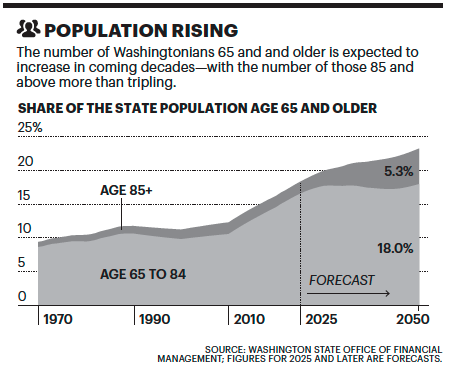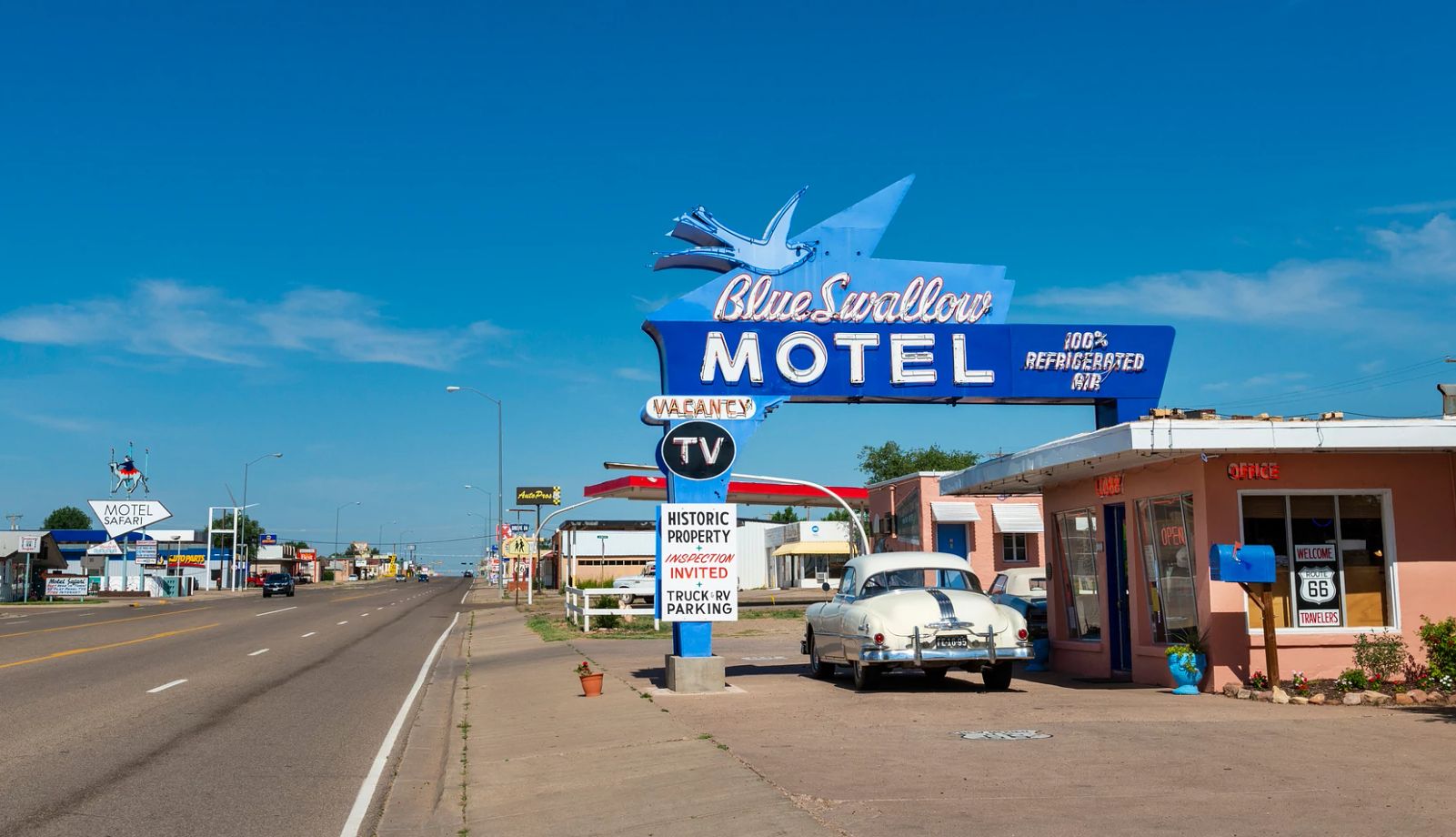AARP Eye Center
State Looking at Wide-Ranging Plan for Aging Population
California has its Master Plan for Aging. Vermont launched Age Strong. And in Maryland, it’s Longevity Ready. These broad-based plans represent a growing trend of states preparing for the future needs of their aging populations.
Now, it’s Washington’s turn.
Known as multisector plans for aging, MPAs serve as comprehensive, long-term state strategies to reshape infrastructure, services and public policy for their growing number of older residents. They bring together state agencies, businesses, nonprofits and local communities.
“It’s really saying, ‘You need to embrace the fact that a significant portion [of the population] is older and has different and unique needs for services and supports,’ ” says Cathleen MacCaul, AARP Washington’s advocacy director.
The Washington State Department of Social and Health Services will seek legislative approval this year to create a working group and set a timeline to develop Washington’s own multisector aging plan, aiming for completion by the end of 2029, says Susan Engels, who heads the State Unit on Aging within the Aging and Long-Term Support Administration.
The department has already started to lay the groundwork. In 2023, it joined a multistate collaborative about MPAs, and in May 2024 it hosted a summit on aging and longevity.
At the summit, Gov. Jay Inslee (D) stressed that small improvements — such as better transportation options — can have a significant effect on older adults. It might not represent “quantum leaps forward like Social Security or Medicare,” he said, but it still can be meaningful.
Potential collaborators are already considering what might go into the state’s plan. Cathy Knight, director of the Washington Association of Area Agencies on Aging, says workplace dynamics should be considered.

“Many older people would like to work longer if employers offered more flexible options,” Knight says. The stature and low pay of caregivers also needs to be elevated.
For her part, Engels says access to housing and transportation should be key areas of focus, as those sectors generate significant inquiries from older adults.
That could mean partnering with the Department of Transportation to better explore the challenges faced by those using their services. She also says collaborating with banks to explore ways to prevent fraud might be worthwhile, as well as efforts to boost economic security.
The effort comes as Washington’s older population is expected to balloon. In 2000, those 65 and older were about 11 percent of the state’s population. They’re now about 18 percent and by 2050 are projected to be more than 23 percent, according to state and U.S. Census Bureau data.
MPAs focus on embedding older adults’ needs broadly. Simply creating a new program here and there for older adults is not the answer, MacCaul says. Instead, success will mean integrating their needs into all aspects of an organization, from hiring and retention practices to communication strategies.
“Older adults have significant lives ahead of them where they could be living 20, 30 or 40 more years after retirement,” MacCaul says.
States across the country are in some stage of developing or implementing an MPA. As of July 2024, 16 states had formally authorized plans, with another 22 actively planning or exploring the idea, according to the Center for Health Care Strategies, a nonprofit research organization that tracks MPAs.
Just as each state has its own culture, each state’s plan reflects what it values and the specific challenges it faces.
Massachusetts’ plan, for example, was launched in 2019. It addresses loneliness and isolation, as well as ways to expand zoning regulations to allow more accessory dwelling units to be built, thus diversifying housing options for older adults.
California’s plan was released in 2021 and touches on multiple aspects of older adults’ lives. It has five broad goals, including those that address housing, financial security and inclusion and equity.
Each goal has a series of strategies, and the state tracks progress in each area through an online dashboard. The key outcomes section of the dashboard, for example, displays annual rates of homelessness and psychological distress among older adults, caregiver burdens and the size of the direct care workforce.
“It’s really thinking about all the different things that impact your life on a day-to-day basis,” says Torshira Moffett, a senior program officer for the Center for Health Care Strategies.
She adds: “What’s surprising is that it can cover so many topics.” ■
Stacey Shepard, a California-based journalist, writes about health care, the environment and other issues.
- Smart Guide to Aging in Place
- AARP Network Bolsters Local Communities
- Top 100 Places to Live in the U.S. for Older Adults

































































